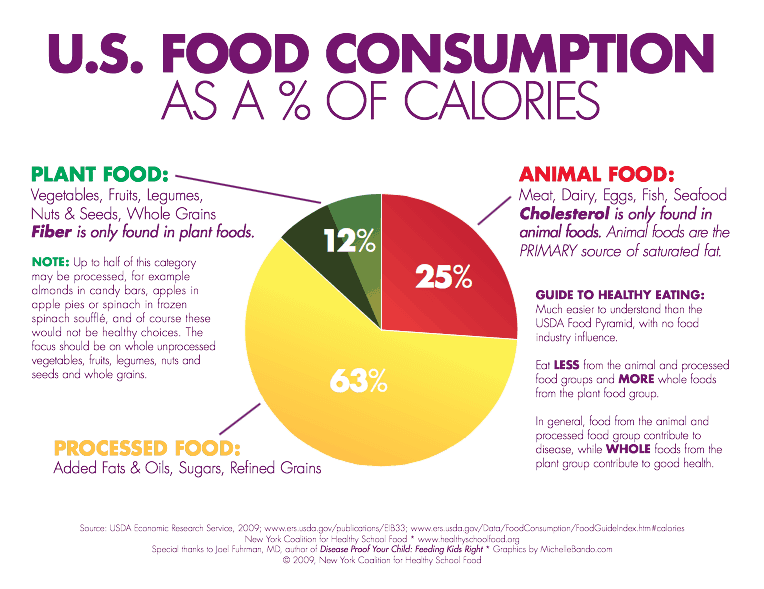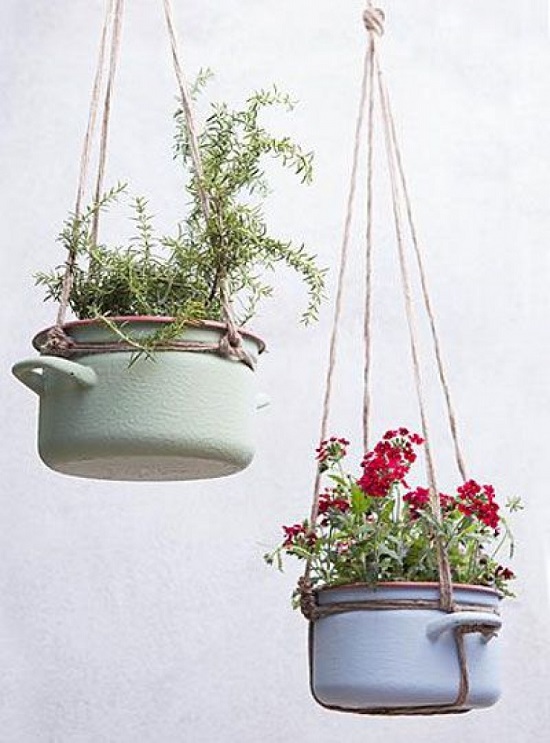Original post @ Organic Tomato Garden Tips to read full article, in addition to Using Hydrogen Peroxide with added information.
Early Blight
"Caused by a fungus Alternaria solani, early blight is also known as
target spot or alternaria leaf spot. Signs of early blight are loss of
leaves on the lower part of the plant and brown or black spots that are
1/4 to 1/2 inch in diameter that appear on lower leaves. Spots often
merge and form odd-shaped blotches and may look like a target. Leaves
will fade to yellow and dry up. Early blight often attacks the tomato as
well, leaving large black concave areas on the tomatoes. Warm damp
weather helps spread early blight. Fungicide is used to control early
blight. Follow manufacturer’s instructions when using any fungicide on
your plants.
Verticillium Wilt
"The fungi Venticillium albo-atrum and Verticillium dahlie are the
cause of verticillium wilt. Small yellow patches appear on the lower
leaves of the plant and, eventually, as the disease spreads upwards,
leaves turn yellow, wither and drop. Verticillium wilt also causes the
internal browning of the stem near the soil line. Infected plants can
survive but their growth is often stunted and their crop yield is lower.
Controlling verticillium wilt is difficult; no fungicidal treatment has
been effective. The best way to prevent verticillium wilt is to choose
tomato plants that are not susceptible to the disease. Look for tomato
plants or seeds that are labeled “V” for verticillium-resistance. The
Better Boy, Big Beef, Roma and Early Girl are a few varieties of tomato
that resist verticillium wilt."
Bacterial Spot
"Bacterium Xanthomonas campestris pv. vesicatoria causes bacterial
spot. This disease appears as brown spots on the leaves and stems of the
tomato plant. The splotches are about 1/8 inch across and feel slightly
slimy to the touch. As the spots begin to grow they often appear to be
surrounded by a yellow halo. Once spots become abundant, they will grow
together and cause the leaves to turn brown and wither. Bacterial spot
can affect the fruit of the plant. Black dots will appear on the tomato
and will enlarge to 1/4 to 1/2 inch in width and become sunken, gray and
scab-like. Keep areas around tomato plants weed-free to help reduce the
chance of bacteria growth. Fungicide is effective in controlling
bacterial spot. Follow manufacturer’s instructions when using fungicides
on your plants."
Bacterial Canker
"Plants infected with bacterial canker often appear to have the
disease on only one side. Eventually the disease does spread to the
entire plant. Caused by a bacterium Clavibacter michiganesis subsp.
michiganesis, bacterial canker can cause extensive damage to your tomato
crop. Young plants will suddenly wilt and older plants will experience
browning along the edges of their leaves. In rare occasions, the stems
of the plant will develop cavities or brown cankers. Raised white spots
may occur on tomatoes, sometimes called birds-eye-lesions, and the white
spots will turn brown as it ages. Control bacterial canker by planting
disease-free plants and keep areas weed free to reduce chances of
bacterial growth. Copper spays have little effect on the bacterial
canker and, most likely, will not stop the spread of the disease".
Septoria Leaf Spot
"Septoria leaf spot is caused by Septoria lycopersici. The first
symptoms are small, water-soaked spots. The spots grow to about 1/8 inch
in diameter, then develop grayish-white centers. The edges then turn
dark. The spores of this fungus are spread through rain and from
watering from above. Eventually, the leaves turn yellow and fall off.
While the infection can invade the plant at any time, it is most
commonly seen after the plant sets fruit, according to the University of
Iowa. Control septoria leaf spot by planting healthy plants with the
proper amount of space between them, watering at the base of the plants,
watering in the morning, removing dead and decaying branches, and
keeping any fallen plant debris cleaned up"
Aphids
"One of the most common pests on tomatoes is the aphid. Aphids suck
the sap of the plant causing misshapen foliage and fruit. Introducing
beneficial insects into the garden can help this problem. The natural
predators of aphids are laceywings and ladybugs.
Hornworms
"Hornworms are a green caterpillar with small black spots and two
protruding antennae on their heads. They eat foliage and the tomatoes
and can do a lot of damage before you find them. The best defense
against hornworms is to go in your garden often and pick them off the
plants... Another remedy is to
sprinkle flour on the tomato plants."
Cutworms and whitefly
"Cutworms damage tomatoes by cutting the stems. If you see this damage
on your plants use wood ashes on the ground around the stems. Another
common pest is the whitefly, which makes the tomato leaves yellow and
distorted. Laceywings and ladybugs are also effective for this insect,
as well as spraying with garlic oil or using yellow sticky traps."
Blossom end rot
"A water-soaked spot at the
blossom end of tomato fruits is the classic symptom of
blossom-end
rot.
This relatively common garden problem is not a disease, but rather a
physiological disorder caused by a calcium imbalance within the plant." Some gardeners suggest using eggshells because it contains calcium, but other gardeners protest that using eggshells is not useful because the shells take time to break down. In turn, they suggest keeping consistent soil moisture around the plant. Frequency or amount of water is not key, just consistency. Additionally, "Excess ammonial types of nitrogen in the soil can reduce calcium uptake as can a depleted level of phosphorus" according to one user at a garden forum
here. This user also suggested Tums tablets, which I would consider Calcium vitamins as a handy "supplement" to the plant/soil if you have nothing else on hand.
Companion planting
"Traditional gardening wisdom teaches that certain plants grown
together create mutual strength and disease resistance. Companion
planting is one way to create a disease-resistant tomato plant.
Tomatoes become more disease free and pest resistant when planted near
onions, nasturtiums, marigolds, asparagus, carrots, parsley, and
cucumber. Basil repels whiteflies. Dill and borage repel hornworms."
Organic Insect Spray
"Garlic and pepper is an
all-purpose bug spray for common tomato plant problems such as aphids
and hornworms. Its strong odor keeps many insects away.
This spray also stops mildew.
Organic Fungicide
"Baking soda has been found to have fungicidal properties. Baking soda
spray is effective for tomato blight, powdery mildew, and as a general
fungicide. Use as a preventative or when blight problems have already
developed. An effective mixture is baking soda, vegetable oil, and
Castile soap. Another popular organic fungicide is an apple cider
vinegar and water mixture."
*
Peroxide is another useful ingredient in the garden regarding health and prevention. This is because peroxide "works by releasing oxygen. It acts as
an oxygen supplement for plants. It seems to really support both good
health and strong growth for plants.
Hydrogen peroxide can also help with soil fungus: it aerates the soil, and it is anti-fungal. (It is also anti-bacterial)" according to
Using Hydrogen Peroxide. Additionally, peroxide works as
a General fertilizer, either in plant water or sprayed on foliage.
Secondly, peroxide helps sick plants, which can be applied by using a Spray bottle on the leaves and add to water. Mold or fungus on plants or in the soil can be controlled by using Hydrogen peroxide on plants or in the soil.
If you’ve got mold on the plant, spraying the leaves is probably best. Third,
Hydroponic gardeners often use peroxide to feed plants, by adding it to the watering system. Also,
a Peroxide Spray on tree cuts, helps prevent infection. P
eroxide as a spray in the greenhouse controls mold and mildew.
Sprouting seeds before planting using water and peroxide that seeds soak in for seeds to sprout faster and grow stronger.
Rooting cuttings appreciate the added peroxide in water, if you’ve put the cuttings directly into water before planting. Or,
if you’ve put the cuttings into soil or medium, use peroxide in the
water you’re using to water the cuttings with.
*Epsom salt as a fertilizer for tomatoes as well. A healthy plant that is more mature will be less susceptible to pests and/or pathogens. Overall, Pest control for tomatoes begins with creating
nutrient-rich soil so plants are strong and resistant to disease. Add
organic compost to soil before planting.
Compost Tea Spray
"Keep blight and other pathogens away from tomato plants with a
compost tea mixture to spray on affected leaves. It is also used as a
soak around the base of the plant. Compost is rich in microorganisms
that have anti-viral and anti-fungal properties. Dilute the
compost/water mixture and let it sit for 1 week before use to ensure
that plants are not burned".
Beneficial Insects
"Ladybugs, praying mantis, and lacewings are known as “beneficials”
and they are a very effective organic pest control for tomato problems.
They eat the insects which chew and destroy tomato plants, such a flea
beetles and aphids."
*You can attract beneficial insects through creating their ideal environment. Recently I posted examples of ways other gardener made "bug hotels" that attract these insects, here: Beneficial insect/bug hotel ideas




















































